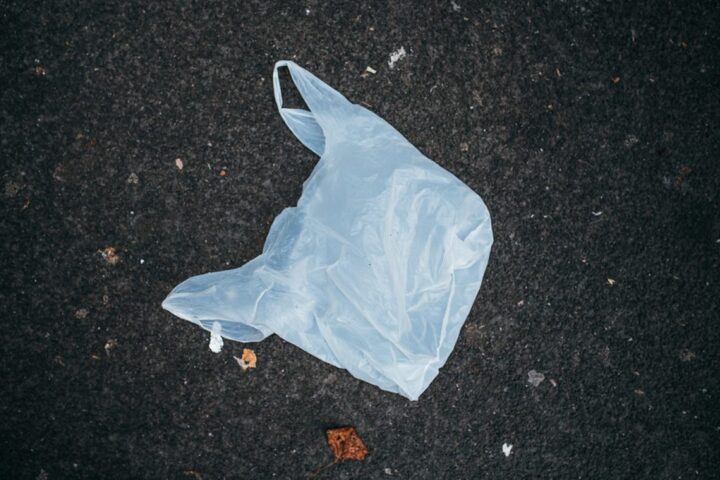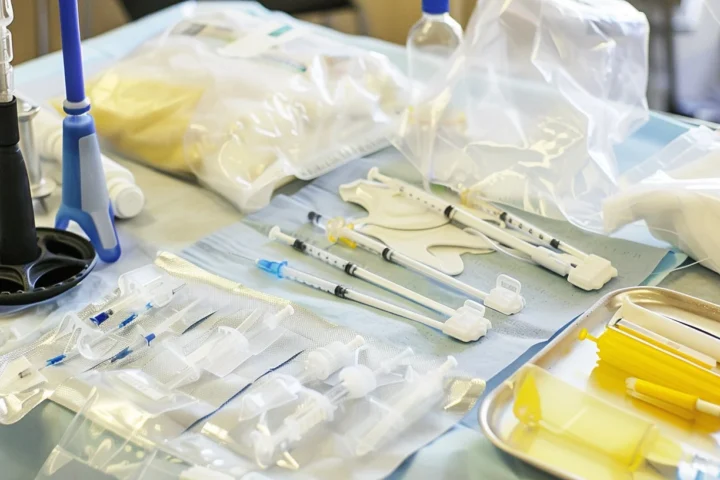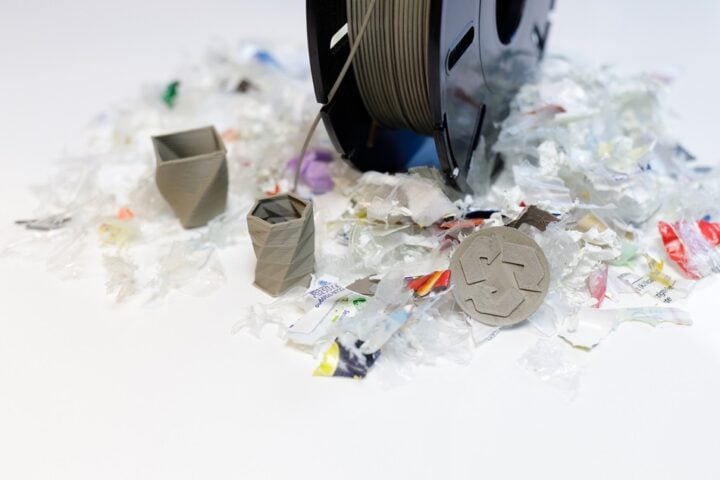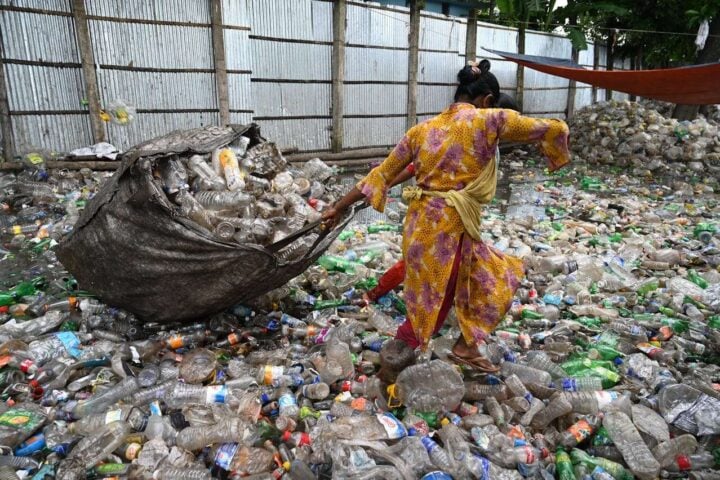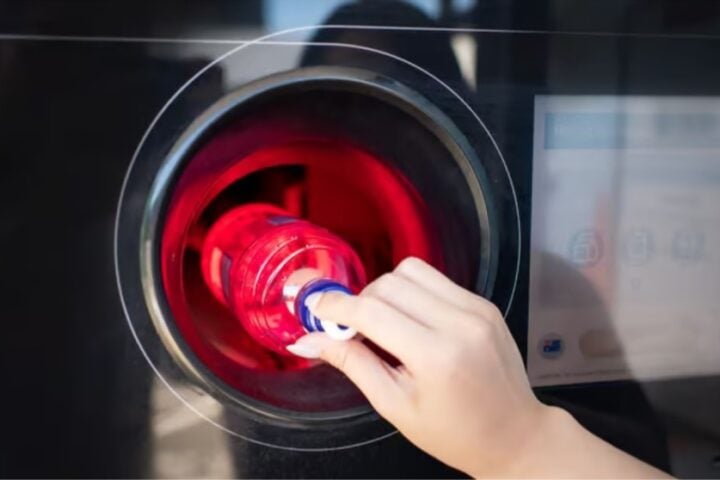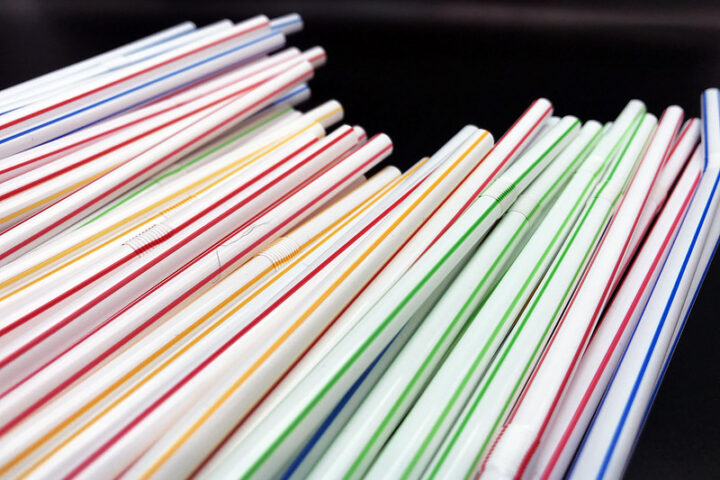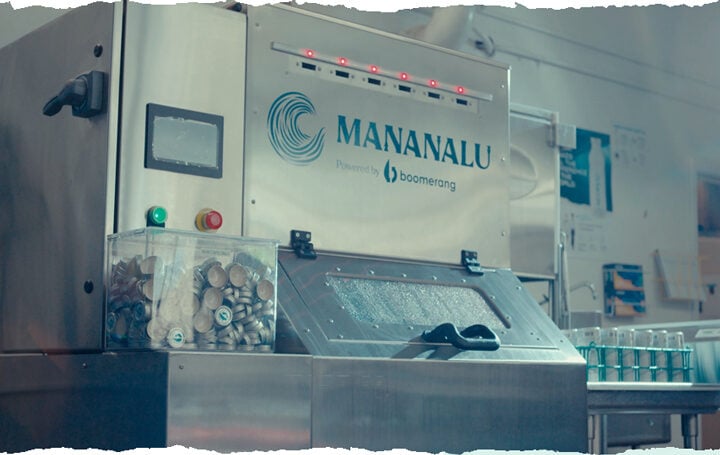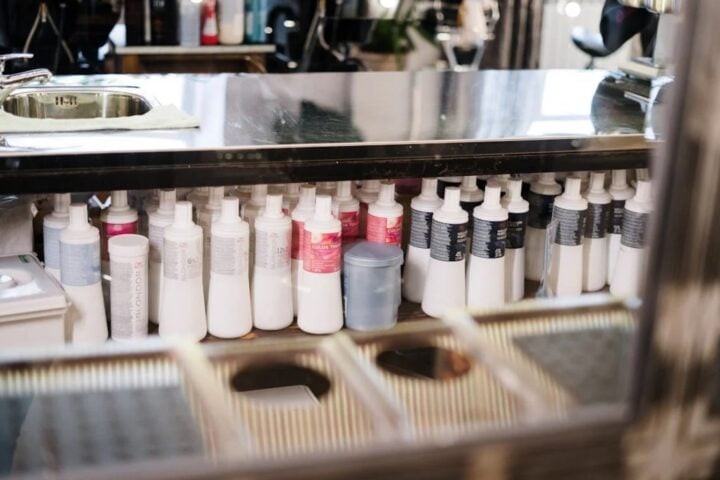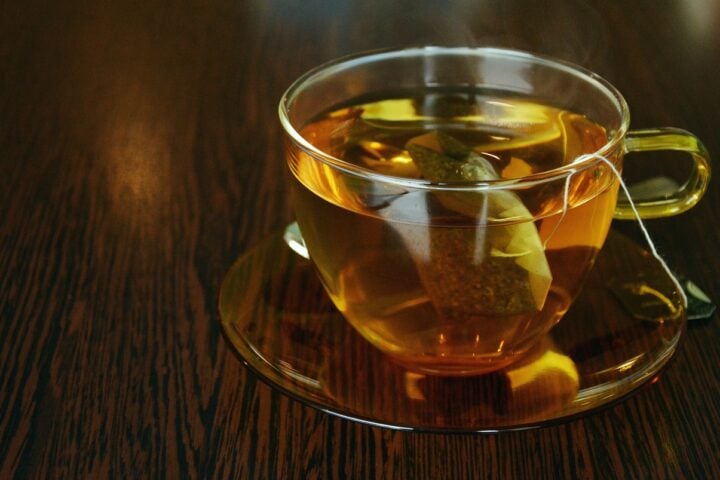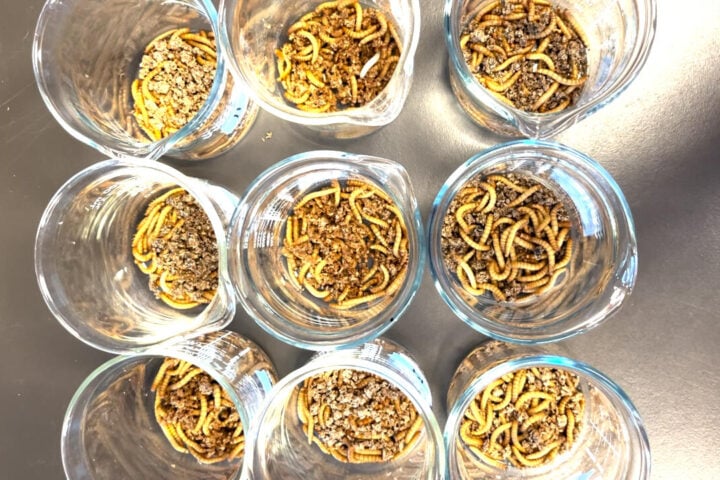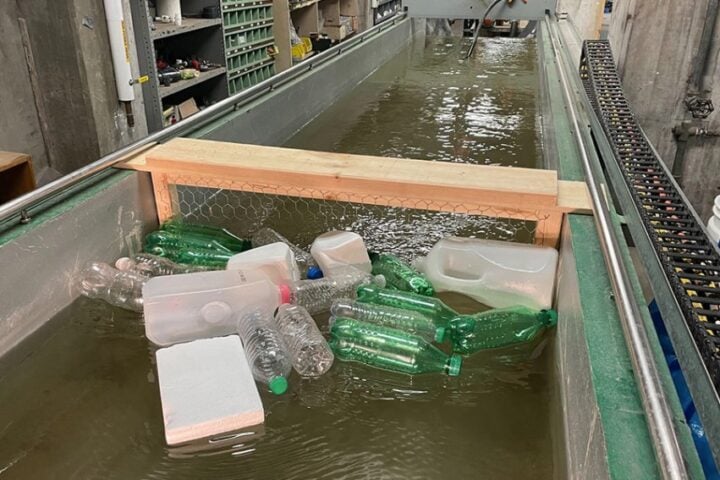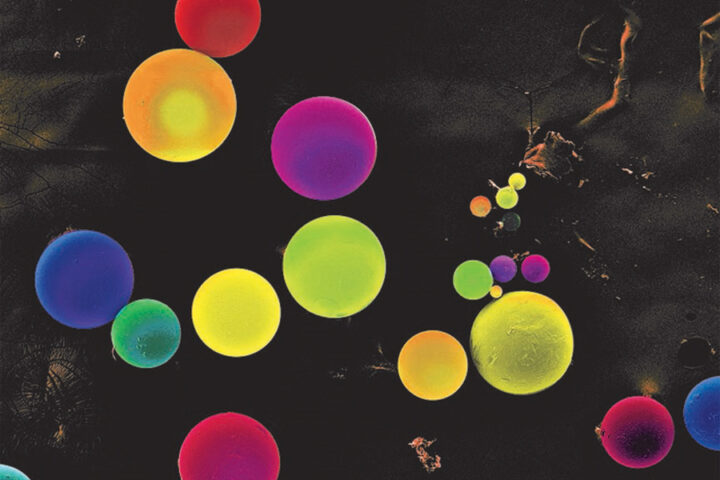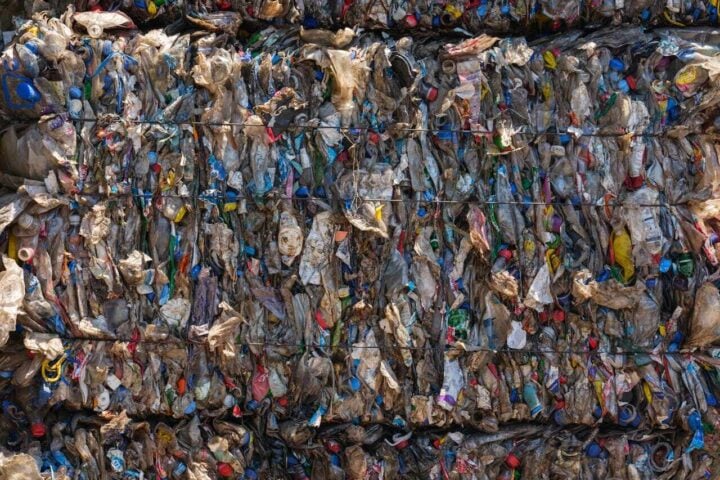The IIT Madras review identifies the major source of microplastic pollution as residential houses. So far, municipal waste water has received much attention as the only cause, whereas this review article highlights the other causes that can increase microplastic pollution, namely the usage of personal care products [PCPs], laundry washing, face masks, and other potential sources. This study also identified microplastic’s transportation, transformation, and toxicity and its various effects on aquatic organisms and social beings.
The authors could not find any articles stating various activities other than municipal waste water as the prime source of microplastics. Therefore, this particular review article provides us with unnoticed sources of microplastics associated with residential buildings. The review article gives a detailed explanation of how day-to-day activities like washing dishes, doing laundry, taking showers, and using toilets all contribute to the production of municipal waste water. The review was published in the reputed journal Environmental Science and Pollution Research.
Similar Posts
The review article, which identifies residential houses as a major point of source of microplastics pollution, was conducted by Ms. Angel Jessueleena, Ms. Kiruthika Eswari Velmaiel, Ms. Anju Anna John, and Prof. Indumathi M. Nambi from the environmental and water resources engineering division, department of civil engineering, IIT Madras, and Ms. Sasikaladevi Rathinavelu also from the department of biotechnology, IIT Madras.
Microplastics are an essential part of personal care products and cosmetic formulations. Microbeads are the primary microplastics of different sizes and shapes that are used as ingredients in the formulation of personal care products. The microplastics arising from toothpaste usage in India are estimated to release 1.4 billion microplastics into the environment annually. Therefore, a global ban on the use of microbeads in personal care products should be expected in the future. The review article also states that even though there are numerous studies reporting the presence of microbeads in PCPs, there is no standardized method to report the concentration of microplastics.
Another source of microplastics that originates from households is synthetic fibers released during textile washing. They are termed microfibres as these microplastics are fibrous. These microfibers are released when the fabrics undergo mechanical and chemical stresses in a laundry machine. Nevertheless, a complete stoppage of microplastics emissions from washing machines should be ensured. It is a known fact that microfibres from laundry water constitute about 35% of oceans [Boucher and Friot, 2017]. A common method adapted to understand the occurrence of microfibers is to run washing machines with specific types of clothes. Prof. Indumathi M. Nambi added, “The escalating issue of plastic pollution demands urgent attention and action. Current estimates suggest that between 4.88 and 12.7 million metric tons of plastic find their way into the ocean each year. Alarmingly, projections indicate that by 2050, the cumulative weight of plastics in our oceans could surpass the total biomass of fish.”
Other potential contributors of microplastics are in swings; households inevitably use nylon ropes for drying clothes. The above products, which are predominantly used in households and are domestic products, are associated with atmospheric microplastic pollution. More detailed research has found that, in real time, environmental microplastics and microfabrics are essential to ascertaining the myths and facts related to the risks associated with exposure to microplastics in humans.
The review suggests that source reduction is a vital consideration in which personal care products should be replaced with biodegradable materials, usage of plastic-based products should be reduced, and laundry machines should also have highly efficient filters.
